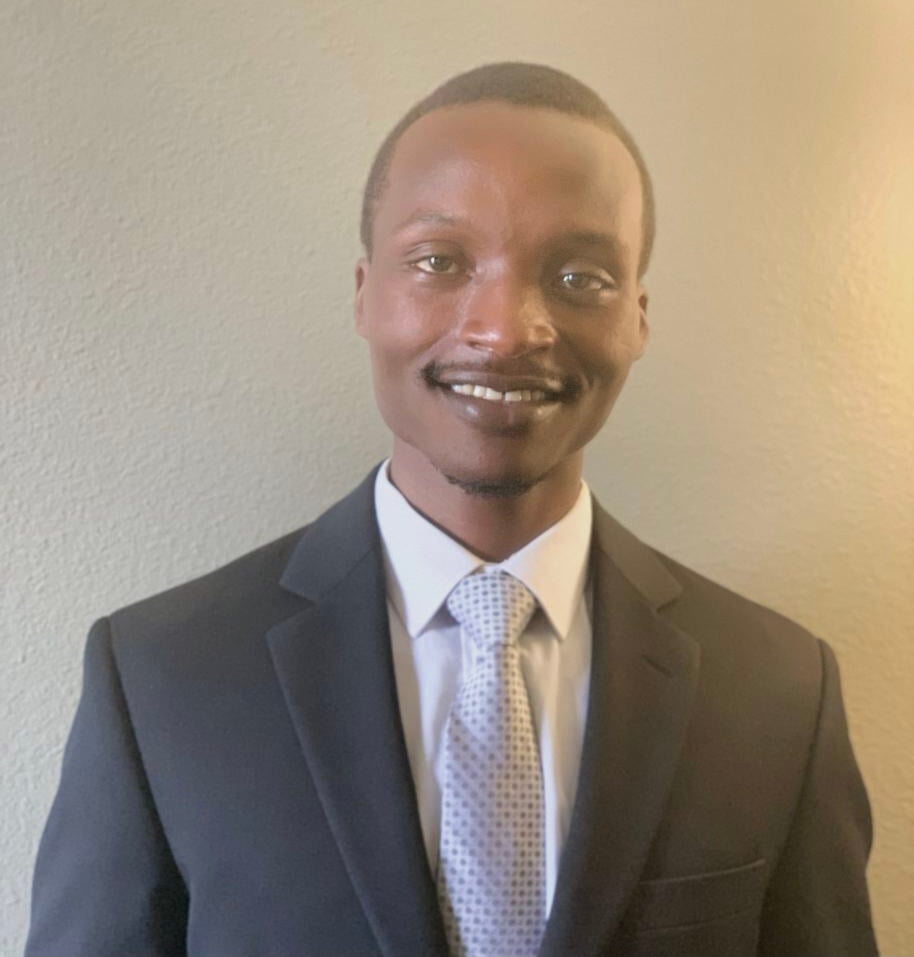Updated on October 9, 2024
What’s the Minimum Age for Getting LASIK?


Vision Center is funded by our readers. We may earn commissions if you purchase something via one of our links.
Since its invention and approval by the U.S. Food and Drug Administration (FDA), laser vision correction has revolutionized the field of optometry.1 Many have achieved 20/20 vision after laser eye surgery.
Today, the most popular laser surgery is LASIK.
This laser vision correction procedure uses a special laser device known as an excimer laser to reshape the cornea and correct refractive errors.

LASIK is a refractive surgery that can correct the following:
- Myopia (nearsightedness)
- Hyperopia (farsightedness)
- Astigmatism (uneven flattening of the cornea)
- Presbyopia (age-related farsightedness)
Planning laser vision correction also includes determining whether you’re a good candidate for it. Factors such as age and health status are significant determiners of LASIK eligibility.
Minimum Age for LASIK
There is no strict age limit for LASIK eye surgery. However, the FDA only recommends the procedure if you’re 18 or older.
For most surgeons, 25 is the ideal age for LASIK. LASIK is not usually performed in children. The procedure requires more studies on its safety and efficacy in younger people.
When LASIK was first introduced, many older people could afford it. Today, more young people are seeking LASIK surgery to restore their perfect vision. The contributing factors to this include its affordability and popularity.
Maximum Age for LASIK
Fortunately, there’s no upper age limit for LASIK eligibility.
However, even after enjoying perfect vision for your entire life, your eyesight may start declining after you turn 40 (presbyopia). To fix your eyesight problem, you may need prescription glasses, contact lenses, or corrective surgery.
If you’re a non-smoker and have good general health, you may qualify for LASIK.
However, certain conditions can make you ineligible for LASIK eye surgery. Cataracts are prevalent in old age and are a major reason many seniors don’t qualify for LASIK surgery.8
While the presence of cataracts can be a roadblock, it doesn't automatically exclude you from corrective procedures. You may need cataract surgery first to be eligible for LASIK.
Other Requirements for LASIK Candidacy
Here are other requirements that make you an ideal candidate for LASIK:
Thick Cornea
A thick cornea allows for an easy flap creation. The surgeon will remove some of your corneal tissue to create a flap. If you have a thin cornea, you won’t have enough corneal tissue, making laser eye surgery risky.
No Underlying Conditions
People with autoimmune diseases such as rheumatoid arthritis, diabetes, or Sjögren’s syndrome may have impacted results.
Stable Eyeglasses and Contact Lens Prescription
A successful LASIK procedure requires a stable eye prescription for at least a year. Refractive surgery can’t correct a prescription that is still changing.
No Eye Diseases
Eye diseases such as severe cataracts and glaucoma may affect healing or lead to complications.9 You must have good eye health to prevent any further complications from undergoing LASIK surgery.
Not Taking Certain Medications
Certain prescription medications such as steroids, immunosuppressants, and anti-inflammatories can affect healing.
Informed and Realistic Expectations
It’s important to gather enough information about the procedure to avoid unrealistic expectations. Talk to your eye surgeon about your health history, previous surgeries, and any medications you take to receive the best medical advice.
Who Shouldn’t Get LASIK?
You shouldn’t undergo LASIK surgery if you:
- Are under 18, due to vision instability
- Have thin corneas (may result in corneal complications due to lack of tissue)
- Have large pupils, which may cause glares (more than 7 millimeters in the dark)
- Have unrealistic expectations or are uneducated about the procedure
- Don't have a stable vision prescription
- Have corneal disorders, such as cataracts or glaucoma
- Have underlying autoimmune diseases that can prolong or prevent healing
- Are pregnant or nursing, as hormone fluctuations may affect healing
- Can’t adhere to post-LASIK care instructions
- Can’t afford it (it’s an elective that isn’t covered under insurance)
- Actively participate in contact sports such as rugby or football
- Are at risk of dry eye syndrome, which can cause significant discomfort after LASIK
- Experienced complications after your initial LASIK surgery
- Are healing from an eye injury
If you have visual problems and feel LASIK surgery may work for you, talk to your doctor. Only a qualified eye doctor can determine candidacy.
Alternative Vision Correction Options
Different vision correction options may be more suitable for different age groups than others. If you don’t qualify for LASIK, you can explore the following alternatives:
- Small incision lenticule extraction (SMILE). SMILE is similar to LASIK since it also offers clearer vision by reshaping the cornea. If you're between 20 to 35 years old, SMILE can be a good LASIK alternative for you.
- Refractive lens exchange surgery (RLE). This prodcedure replaces your natural lens and replaces it with an artificial one. It's a suitable LASIK alternative for people in their late 30s to mid 50s.
- Cataract Surgery. Seniors are more likely to suffer from the effects of cataracts. They'll gain more benefits from cataract sugery compared to LASIK.
Other alternative vision correction options include:
- IntraLase LASIK (iLASIK)
- Epithelial laser in-situ keratomileusis (Epi-LASIK)
- Implantable collamer lens (ICL) or Visian ICL
- Photorefractive keratectomy (PRK)
- Intraocular lens implant (IOL)
Summary
LASIK eye surgery is a safe, effective way to correct vision problems caused by refractive errors. You should be at least 18 to receive LASIK, but 25 is ideal.
Consult an eye doctor beforehand to know whether you’re a good LASIK candidate.
In this article
9 sources cited
Updated on October 9, 2024
Updated on October 9, 2024
About Our Contributors
Vincent Ayaga is a medical researcher and seasoned content writer with a bachelor's degree in Medical Microbiology. Specializing in disease investigation, prevention, and control, Vincent is dedicated to raising awareness about visual problems and the latest evidence-based solutions in ophthalmology. He strongly believes in the transformative power of ophthalmic education through research to inform and educate those seeking knowledge in eye health.
Dr. Melody Huang is an optometrist and freelance health writer with a passion for educating people about eye health. With her unique blend of clinical expertise and writing skills, Dr. Huang seeks to guide individuals towards healthier and happier lives. Her interests extend to Eastern medicine and integrative healthcare approaches. Outside of work, she enjoys exploring new skincare products, experimenting with food recipes, and spending time with her adopted cats.

